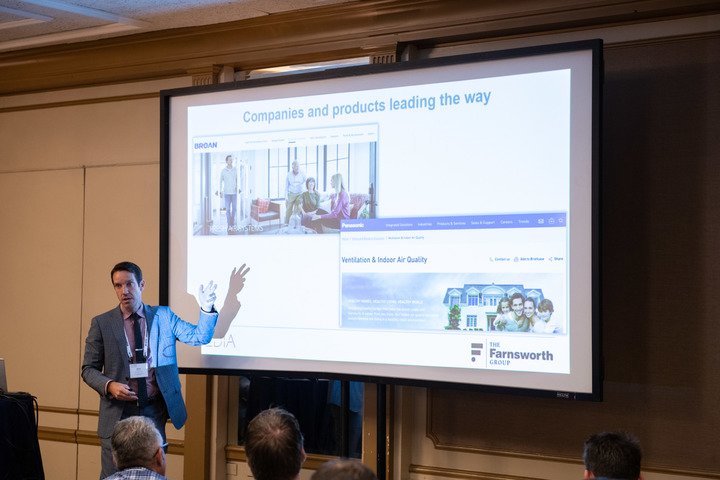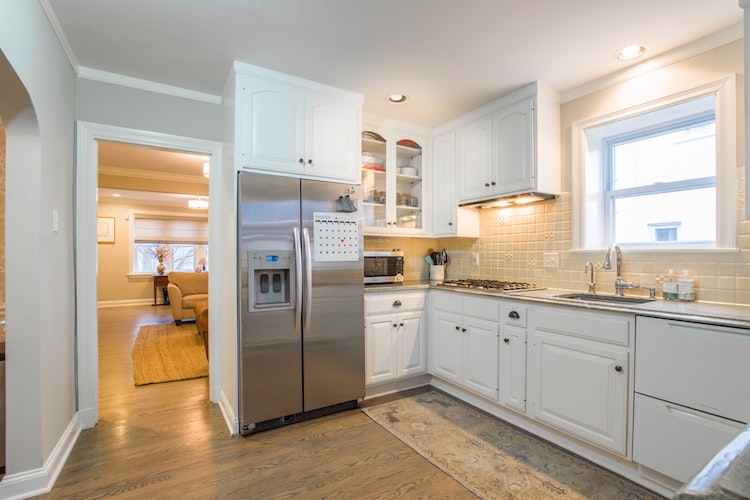When people think about living in a healthy home, sustainable, eco-friendly, energy-efficient building products often come to mind. While green products still contribute to the overall “health” of a home, the discussion has shifted away from energy efficiency to solutions that contribute to the health and well-being of the home occupants.
It’s a trend that has the stats to back it up, as presented by Grant Farnsworth of The Farnsworth Group, a market research firm based in Indianapolis.
During the CEDIA Leadership Conference held in Chicago last week, Farnsworth shared key insights driving the healthy home movement and trends in healthy home building and remodeling. The surveys conducted by The Farnsworth Group indicate growing concerns and interest about a home’s impact on individuals’ health and well-being.
Homeowners and renters, it seems, are driving the trend, with 29 percent of the 2,400 survey responses indicating that they are concerned about their home endangering their heath in 2018. This number was even higher among renters, with 35 percent expressing concern about their home’s effect on their health.

The survey shows that households headed by younger people, especially those age 25-34, are the most concerned about and interested in a healthy home, as are household with children that are headed by people with higher levels of education.
Indoor air quality was the leading source of concern (more than 70 percent) among homeowners and renters, driven mainly by worries over moisture, mold, and dust. Other top worries include pests, water quality, and pet dander.
Many of the survey respondents indicate that they are ready to implement solutions to improve the indoor environment, with DIY activities like changing air filters and removing mold noted as the most popular projects.
While many healthy home solutions can be handled by professional remodelers, this demographic seems to be warming to the trend more slowly that homeowners or renters. According to a survey of 288 remodelers by the Joint Center for Housing Studies of Harvard University, only half actively participle in the healthy home market niche. Of remodelers involved in healthy home projects, nearly 70 percent report using non-toxic paints or finishes and 60 percent report using non-toxic building materials.
Although these remodelers recognize consumers’ growing awareness of healthy home topics, the perceived “high cost” of solutions was cited as the biggest inhibitor of adopting healthy home remodeling practices. Remodelers who fail to get into the healthy home business may be missing out, as the survey shows that revenue from healthy home /indoor environmental quality products and projects includes more than any other category, with the exception of home automation from 2014 to 2018.
With energy-efficiency initiatives well settled into the mindset of homeowners and the toolkits of builders and remodelers, healthy home practices appear to be the next “big thing” in home improvement. Consumers understand the risks of living in “unhealthy” home environments, and are ready to do something about it. Home building and remodeling professionals, meanwhile, stand to benefit from new sources of revenue and a way to differentiate themselves from their competition.








